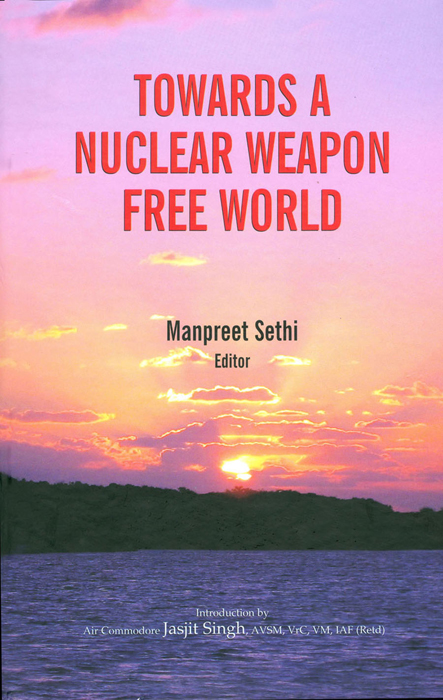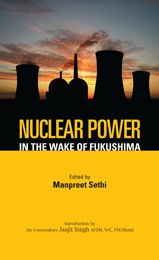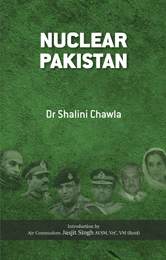Subjects
Recent View(s)
Towards a Nuclear Weapon Free World
Manpreet Sethi
Twenty years ago, then Prime Minister of India, Rajiv Gandhi, presented an Action Plan at the Third Special Session on Disarmament of the United Nations. The Plan proposed a three stage schedule spread over 22 years to not only bring about universal elimination of nuclear weapons, but also enable the creation of a secure and non-violent world order. Unfortunately, it proved to be an idea ahead of its time, steeped as the world still was in Cold War realpolitik.
Today, retired deterrence practitioners, military men, policy makers, and analysts worldwide are revisiting the concept of nuclear disarmament. An issue that had virtually disappeared from the strategic and intellectual radar over the last decade or so is being revived through government and non governmental initiatives. Meanwhile, new nuclear dangers have added to the knottiness of long existing problems of horizontal and vertical proliferation.
The articles contained in this volume encapsulate the current debate on why and how to move towards a world free of nuclear weapons. Presented at an international conference held in New Delhi, the papers by leading experts from around the world, question existing paradigms and explore new security architectures. None can set a date when the world might be rid of nuclear weapons, but it can come about quickly if mindsets change. Ideas have the power to snowball into a force capable of bringing about a profound change and every revolution in history has taken its leaders by surprise. What is needed is the presence of a critical mass of decision-makers and opinion shapers willing to think afresh. This book reflects one such attempt towards the goal of a nuclear weapons free world.


 Political Science
Political Science


